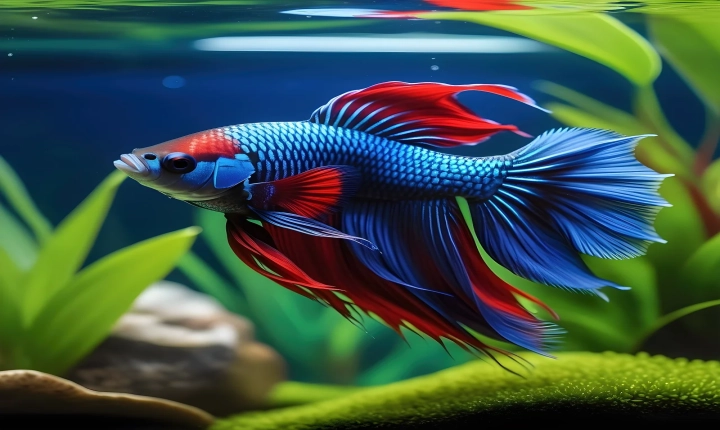Title: Exploring the Role of AI in Microsoft Teams
In recent years, artificial intelligence (AI) has made significant inroads into various aspects of technology, revolutionizing how we communicate, collaborate, and work. Among the platforms harnessing the power of AI is Microsoft Teams, a popular collaboration tool designed to facilitate seamless teamwork and communication within organizations. In this article, we delve into the role of AI within Microsoft Teams and how it enhances the user experience.
AI-powered Features in Microsoft Teams
Microsoft Teams incorporates AI into several features, aiming to streamline processes and improve productivity for its users. One prominent application of AI is through the platform’s intelligent chatbot, known as “Who.” This feature allows users to ask natural language questions and receive intelligent responses, drawing on AI’s ability to understand and process human language.
Another notable AI-driven capability in Microsoft Teams is its integration with Microsoft Graph, a powerful tool that leverages AI to analyze user behavior and offer personalized insights. By applying AI algorithms to data from Microsoft Graph, Teams can generate actionable recommendations for users, such as suggesting relevant content or connections based on their communication patterns and work habits.
Moreover, AI plays a crucial role in the background noise suppression feature of Microsoft Teams, which uses machine learning models to differentiate between human voices and background sounds. This technology ensures that users can communicate effectively in noisy environments and focus on the discussion at hand, enhancing the quality of virtual meetings and calls.
Enhanced Collaboration and Productivity
The integration of AI in Microsoft Teams has contributed to improved collaboration and productivity within organizations. By automating repetitive tasks and providing intelligent assistance, AI empowers users to focus on more strategic and complex aspects of their work. For instance, AI-powered chatbots can handle routine inquiries, freeing up employees to tackle higher-value assignments.
Furthermore, AI-driven analytics in Microsoft Teams offer valuable insights into user behavior and interaction patterns, enabling organizations to optimize their workflows and communication strategies. Through data-driven recommendations and intelligent notifications, AI helps users stay informed and engaged, ultimately fostering a more efficient and cohesive working environment.
The Future of AI in Microsoft Teams
Looking ahead, the role of AI in Microsoft Teams is poised to expand further, driven by ongoing advancements in AI technology and the evolving needs of modern workplaces. Microsoft continues to invest heavily in AI research and development, with a focus on enhancing natural language processing, predictive analytics, and cognitive capabilities within Teams.
Future iterations of Microsoft Teams are likely to integrate even more sophisticated AI capabilities, such as advanced sentiment analysis for gauging team morale and emotional states during interactions. Additionally, AI may play a vital role in facilitating cross-lingual communication within Teams, breaking down language barriers and enabling global collaboration.
In conclusion, the incorporation of AI into Microsoft Teams has revolutionized the way teams collaborate, communicate, and work together. By harnessing the power of AI-driven features, Microsoft Teams empowers users to work smarter, not harder, and drive greater efficiency and effectiveness in their daily workflows.
As AI continues to evolve, its integration within Microsoft Teams will undoubtedly shape the future of workplace collaboration, enabling teams to achieve new levels of productivity and innovation. Embracing these AI-driven enhancements offers organizations a competitive edge in today’s increasingly digital and interconnected business landscape.
